The way your personality makes you unique, brand identity, logo, and brand kit add a special sauce to your brand that apart you from every Dom, Tick, and Harry. It gives a hit to your company.
If you have something in mind to shape a brand or want to recognize it, then you are at the right place.
An influential brand takes the business to success; that’s why all of it is important.
But!
Question is:
How does creating a brand identity, logo, and brand kit take the company to the next level?
Why is all this so important?
Is it different from branding?
And lots more.
In this post, you will uncover everything one-by-one.
Let’s kick off things with definitions.
Table of Contents
1. Brand Identity: What is it?
The group of elements that the company builds to depict the correct image to its customers makes brand identity.
It is different from brand image and branding but somehow used alternatively.
Here’s a breakdown of this:
Branding is the marketing practice, while a brand is the people thinking about your company.
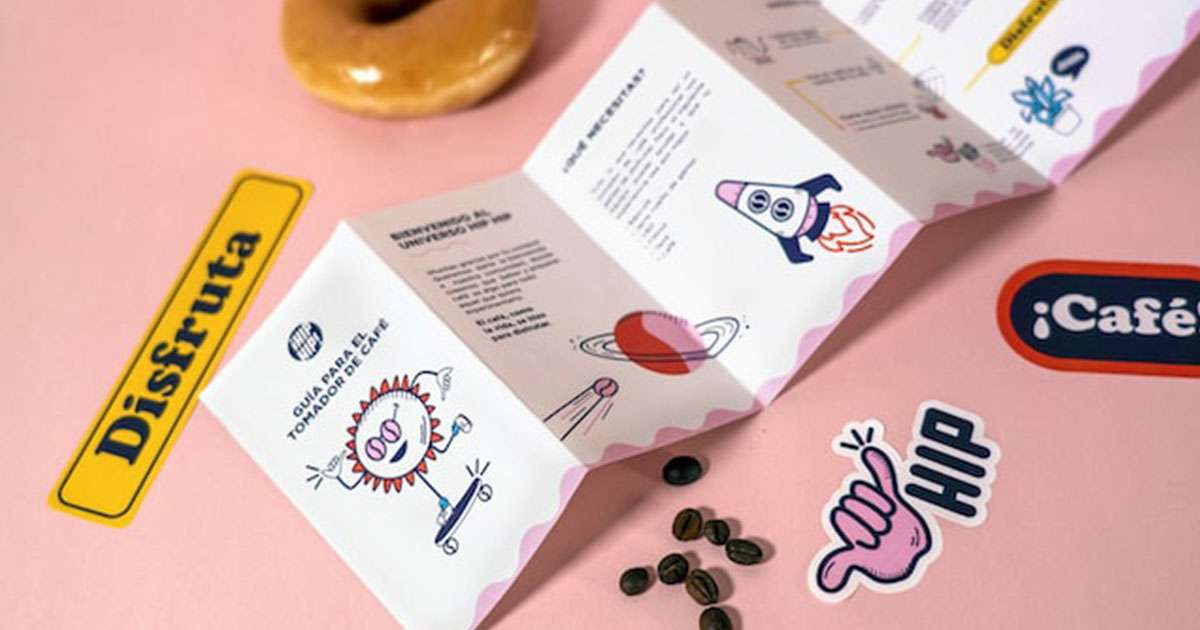
Brand Image vs. Brand Identity
A brand’s identity is confused with the brand image as the same but not it is.
Brand image is how brands want to think of it. But, simultaneously, the latter is the people thinking of a brand resulting after customers interact with it.
How to Create a Powerful Brand Identity
Before thinking about what elements will make up your brand identity, who you are as a brand.
Know who you are.
A few elements make up who you are as a brand:
-
- What is your mission (what is your “why?”)
- Your values (what beliefs motivate your business?)
- Your brand’s personality (what type of personality would your brand have if it were a person?)
- How do you stand out from the Competition with a distinctive position?
- Your brand’s voice (how would your brand speak if it were a person?)
These attributes define your brand and are better to identify before creating a brand identity.
Creating brand uniqueness needs exploring things and focusing that can meet business goals and convey a correct message.
The areas that can help you in brand awareness include:
-
- Media coverage
- Advertisements
- Email marketing
- Customer service interactions
Elements of Brand Identity
Different from other brands, cause to be memorable in the customers’ minds. It includes brand elements that promote the business. The brand name, logos, and taglines are also part of it and are not limited to these elements. Visual and non-visual elements are also included that give better user intention.
Visual Elements
Here is the breakdown.
Brand Name:
It is a name that identifies the services of a company and differs from others.

Brand Logo and tagline:
A logo can be a text or symbol that shows what it offers, and a tagline is a description that conveys the company’s message.
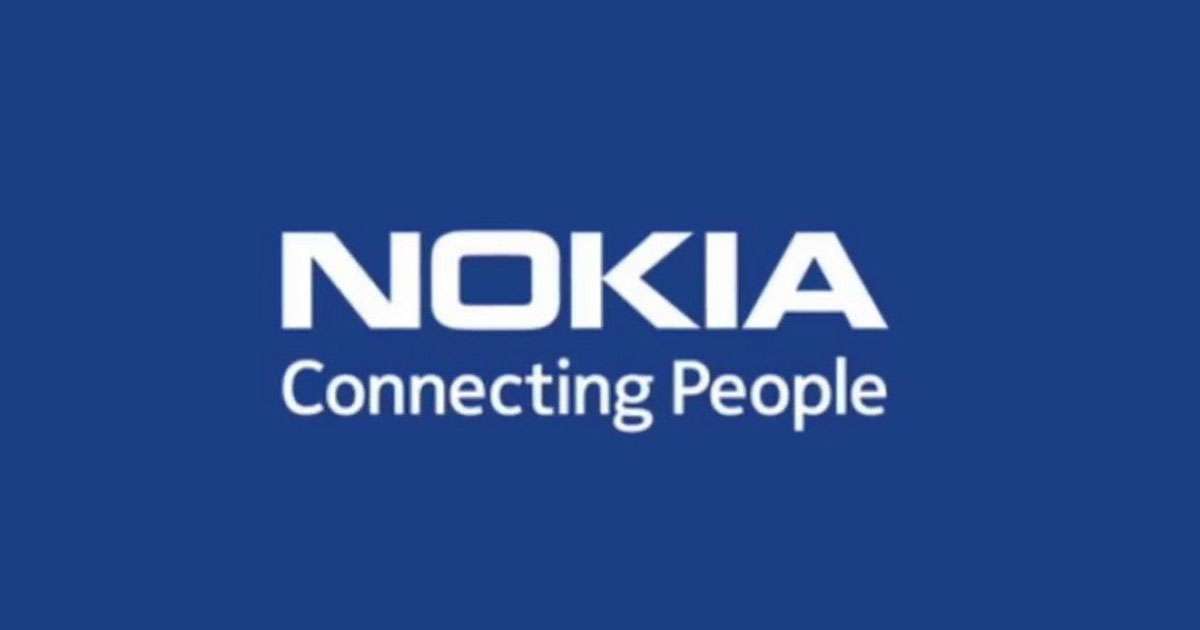
Colors palette:
What colors a brand uses in its brand is selected by color palette.

Typography:
Typography is the art and styling of the text or characters that a company uses in its trademark and is different for every brand.
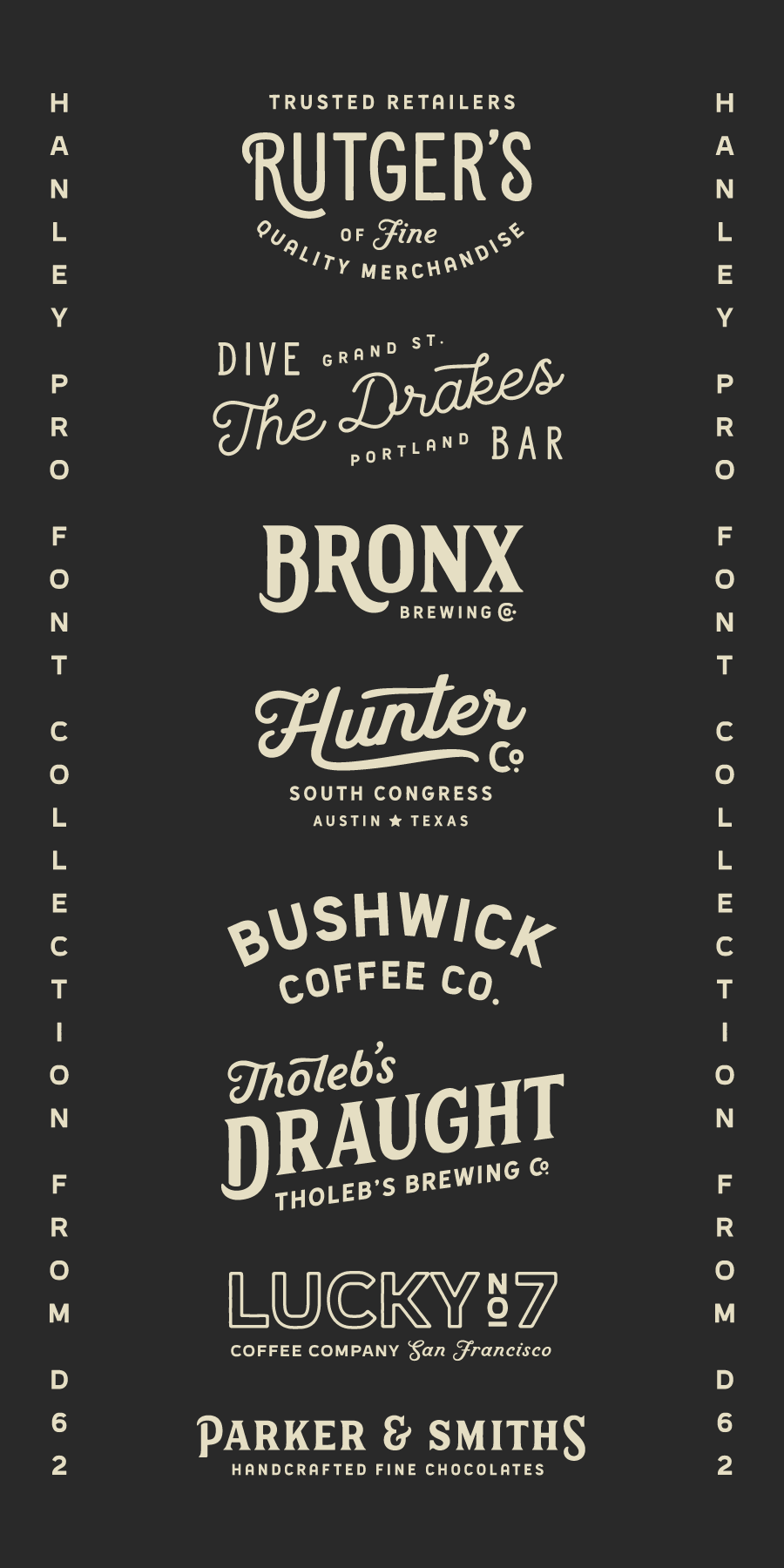
Images:
It’s a set of different visual elements that deliver the business message.
Non-Visual Elements
Have a quick review.
The personality of a brand:
The combination of human qualities given to a trademark is said to as its personality. The visual company’s brand components and client contact help this personality.
Brand Associations:
These are things that the consumer believes are connected to the name but are not part of it. These include well-known individuals, partner brands, and so forth.
Brand Voice:
The Consistency in word choice, attitude, and values defines whether addressing the target audience or others is said to be a brand voice.
Why Brand Identity is Important
What makes a trademark unique? There is some importance of firm image.
Build Personality
A brand identity depicts the visuals of your business’s beliefs and “personality.” Identity design creates your brand’s style and, thus, urges the audience’s feelings. The goal of shaping brand identity is to convey your company’s overall message while promoting your business goals.
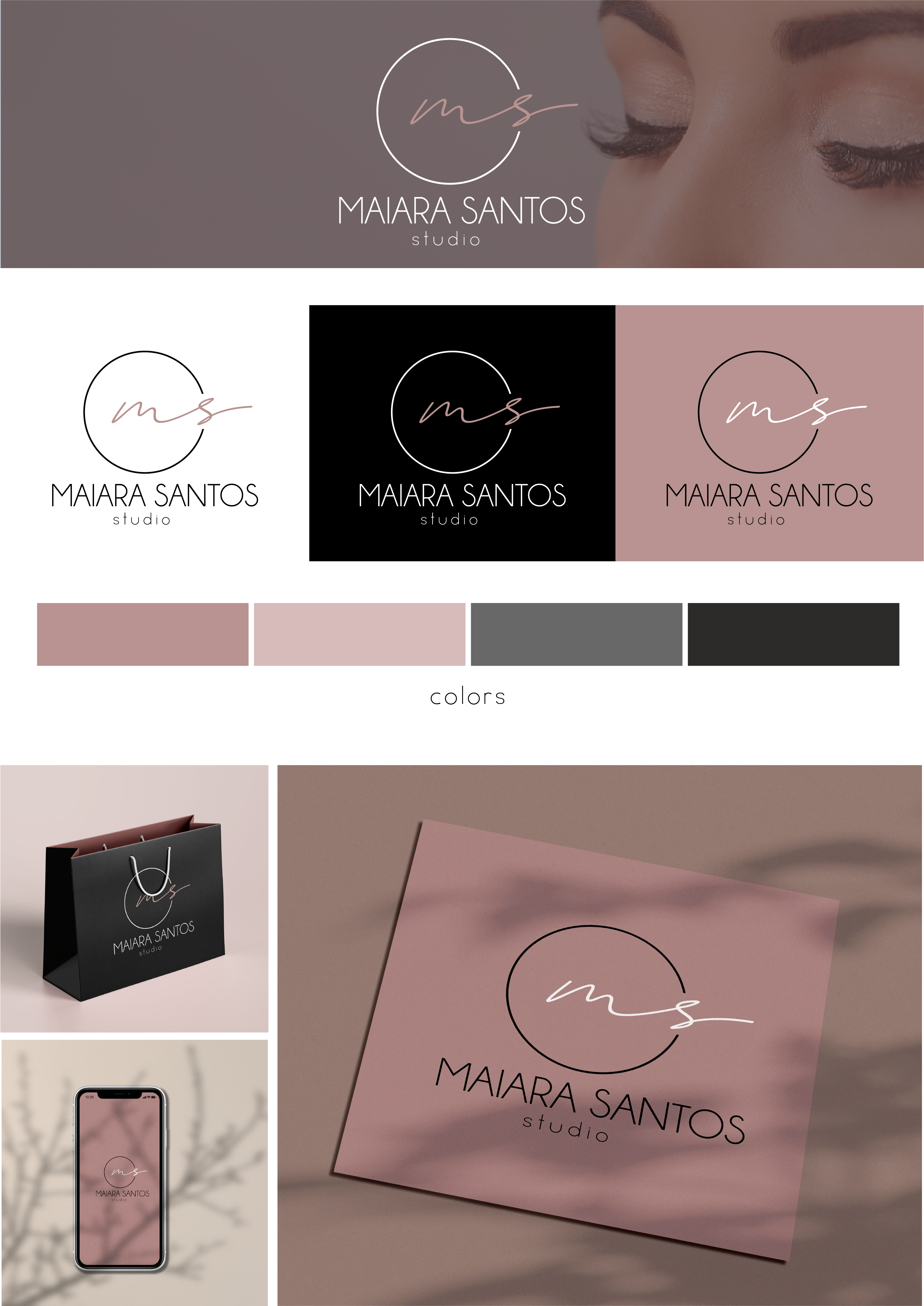
Create Consistency
Brand identity helps you create a consistent message throughout all marketing materials. Each component should have the same core styles and design elements, resulting in a unified branding bundle.
Differentiation from Competitors
Brand identity is helpful to make a difference in the Competition and position your business. Thus, it makes the brand’s creative identity stand out to potential customers in the market.
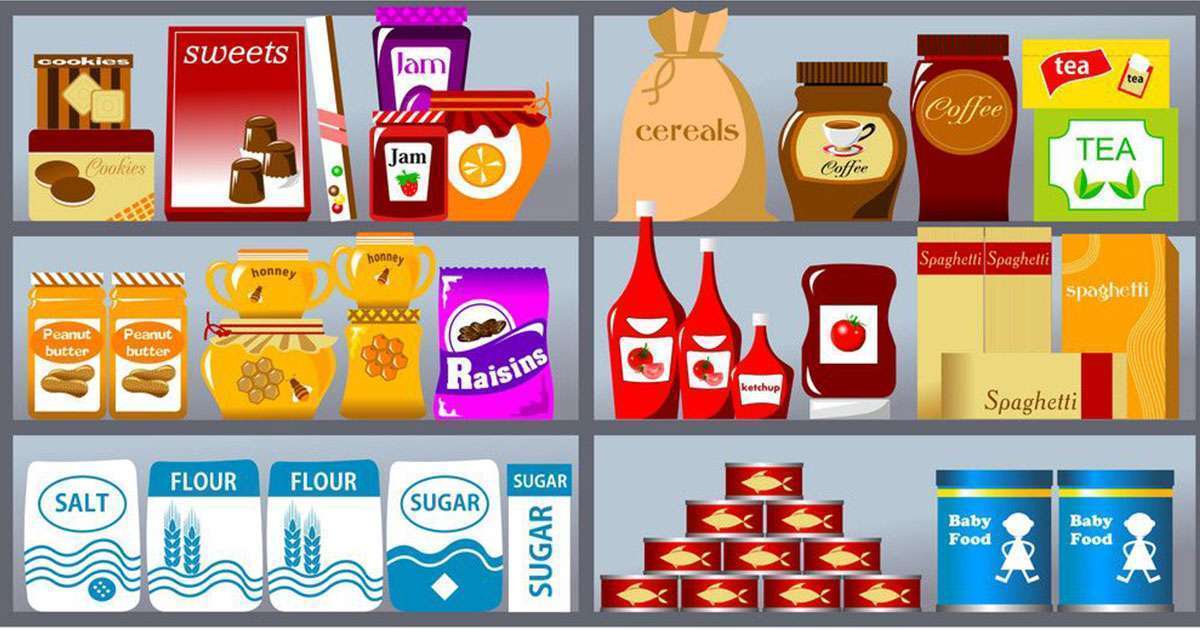
Create Awareness
Building a solid brand identity shows that your brand is well-known. Featuring brands at different places will build consumer-brand relationships and impacts in mind.

Create Loyalty
A good brand identity helps build Loyalty and trust of customers in the brand. Thus, it connects customers with the product.
Examples of Brand Identity
Briefly look at the examples of how design identity works.
CocaCola
Coca-brand Cola’s identity tactics have been in place since the turn of the 20th century, and they link its brand with the happy emotions of joy and red and white. The company also adopts a unique quality for its bottles, separating them from the competitors.
The brand’s positioning has remained constant: it is a premium soft drink connected to positive emotions.
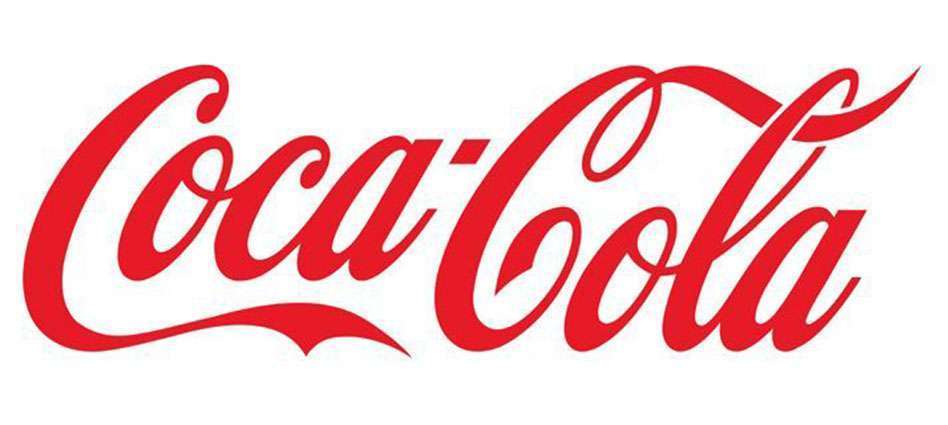
Procter and Gamble
The Procter & Gamble Company (P&G) is a global consumer products firm based in the United States. It focuses on personal health/consumer health, personal care, and hygiene items.

Apple
Compared to other brands, Apple has one of the most distinct identities. It stands out because it uses the word “i” before each product, charges a high price, and has unique branding.

Next, it leads to Brand Logo.
2. Brand Logo
The elements that go with the growth of the business, along with making a logo, are also essential.
The thing that also makes a brand successful is a logo.

How is a Logo so Important for a Business or Website?
Because a logo captures attention, impacts a powerful impression, memorable, sets it apart from the Competition, and promotes brand loyalty, customer acceptance, and the basis of brand identity.
Eye Catching
A logo in a while can catch the viewer’s attention and impressively convey a company’s message. That visual appearance, as a result, in a short time, causes the customers to know your business and can benefit if you have an influential logo for a brand.
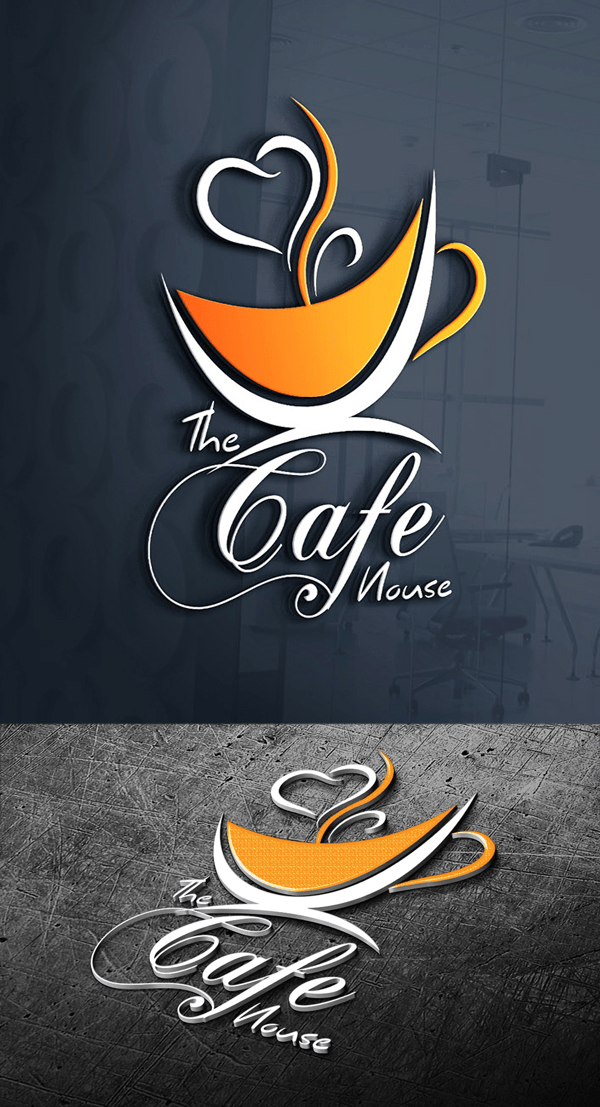
Create the First Impression
Well said that the First impression is the last. The logo of a brand is the introduction of your company. This intro is a way to communicate with the consumers about your product(s) or niche.
At first, what you convey to the viewers will remain long-lasting, either bad or good in their minds; however, it is impressive if you designed it creatively to deliver the core values and attract the audience to learn more about you.
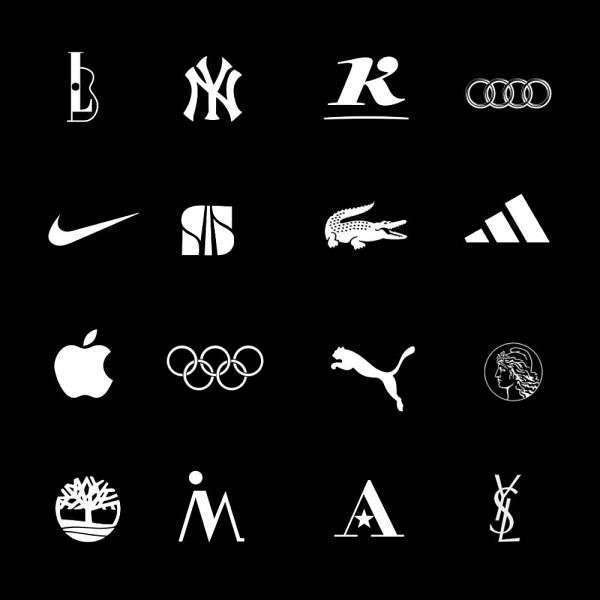
Memorable
Logos are symbols that recognize your company to the customers. Ideally, you will want to connect your logo with the company of what it does. So, people instantly recall what you are and how it makes them happy.
It’s a visual and aesthetic element that triggers positive memory in people’s minds about the brand, which perhaps a company alone can’t. People can forget about the business or company but immediately reconnect with the brand’s logo. That means something impactful.
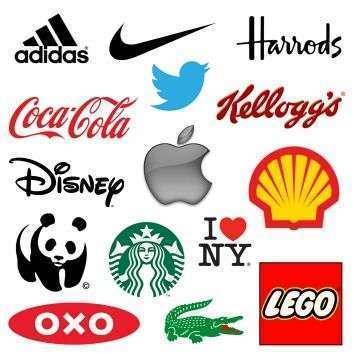
Separates from the Competition
Creativity to do different comes out to be different. The brand symbol tells the consumers why they are different. A well-designed sign will tell the people about the company’s history to its mission.
That element conveys the core values and shows why you are different from competitors.

Promotes Brand Loyalty
Consumers have a strong desire for Consistency. As the brand grows, the logo gets popular among many customers. That familiarity creates a perception of a loyal and trusted brand.
For example, you are shopping for a workout and at once look at track pants with Nike swoosh. You instantly decide to buy it without thinking more. Why? Because of brand loyalty and trust.
Once a brand has such logos, trust is built, and commitment automatically follows. With people liking, they, again and again, look for you, and the thing that comes to mind first will be the logo.
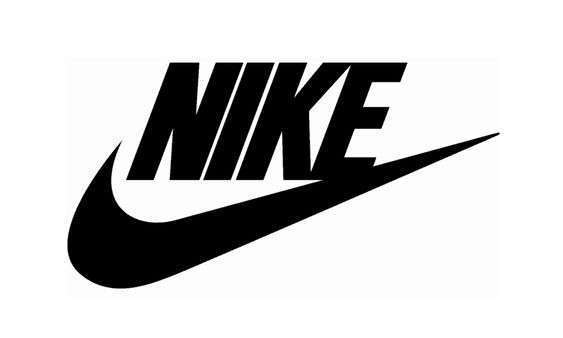
Basis of Trademark
Successful branding is storytelling that triggers the customers’ feelings in simple and plain words.
Logo design is only an element that tells the story of a company. The foundations describe the company’s background, which is the basis of the brand.
The story you want to tell the people determines colors, fonts, and tones. And the logo design is the only one that sets the history. All other elements come later, from the logo to the branding material package. For example, letterheads, business cards, and landing pages make a powerful brand identity package.
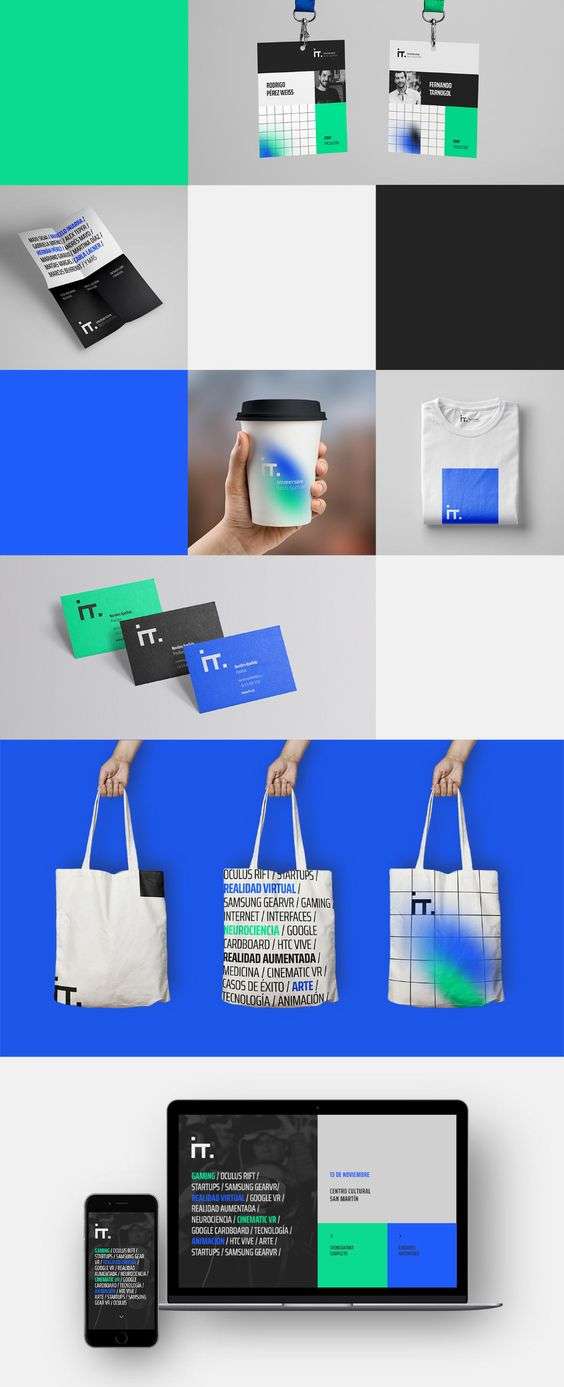
Customer Acceptance
The customer first looks for the brand symbol when they want to talk with your brand. Therefore, all your marketing materials, like flyers, ads, and business cards, should have the foremost thing: the logo.
Without a brand symbol that can stand out in a business, you miss the chance to impact people’s minds.
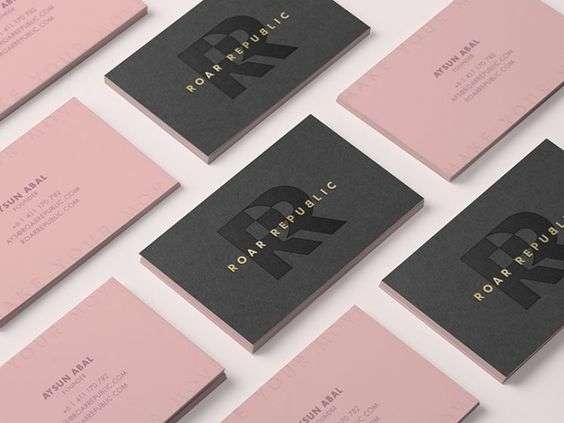
3. What is a Branding Kit?
A brand kit is a set of assets or guidelines that helps a business build its brand. It creates Consistency in how your trademark looks and feels.
Branding tools may include anything:
-
- Branding elements: Icons, fonts, colors, typography.
- Social media materials: Posts, cover photos, ads, etc.
- Brand values: Message, core values, etc.
- Marketing forms: Invoices and receipts.
Branding guidelines and kits for the brand are not the same. The first defines how the brand is presented, while the latter maintains Consistency.
Having the same look and feel throughout the trademark to keep engaged and memorable in the target audience requires the visual components in one place. This look saves time and effort to find a lot of information here and there. And all that you will have in Branding Kit Package.
4. Branding Kit Package: What is it?
It is a set of digital and physical resources created to build the brand’s image. In the package, every item shows the desired styles that bring the company’s values and convey the message to the people. This Consistency in design creates trust and Loyalty.
The branding kit’s packaging may include anything from a logo to marketing materials.
5. What to Include In Brand Kit?
It is essential when discussing uniformity, which is a brand’s backbone. Therefore, you should include vital information and elements in the identity brand kit so that it does not disturb the integrity of your brand.
Keep in mind to hold the balance and work throughout the branding. There is a lot of information and components that you can include in the kit for the brand.
-
- Message
- Logos and wordmarks
- Visual attributes
- Typography
- Colors
- Social media stuff
- Mission and values
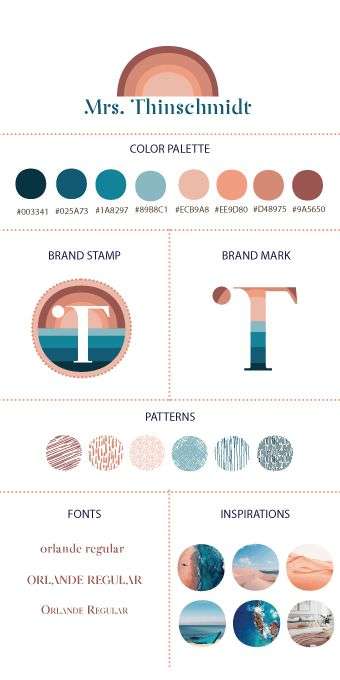
6. The Importance of Branding Kit
In the digital era, everything has a trademark. Small to large businesses, social media accounts, and people also have brands. Consumers have continued access to countless products and services. People can easily reach products or services using technology. Keeping this, business owners need to create a consistency that engages the consumer and builds trust.
Consumers love Consistency because it opens ways of ease. People can find businesses, products,s or services easily. It keeps consumers engage. It always helps to remain consistent with your business marketing and reach people. Moreover, it enables to recognition of the brand.
Recognition
The first reason is that it creates recognition. The more people connect with the colors, logos, and taglines of the company, they feel happy.
Besides, it shows that your brand is unique. What are others doing the same? Being different recognizes you.
Every time people will recall your business because of recognition.
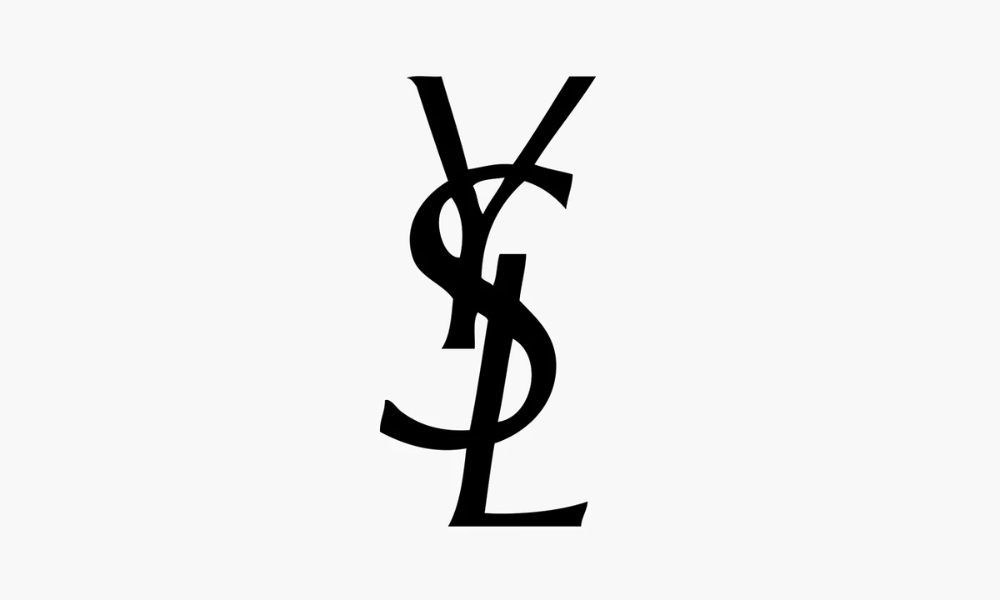
Consistency
Consistency is not what you can find in branding kits. However, there’s a lot where Consistency is so important.
For example, if you have a brand that is unfamiliar to people. You may overlook colors, fonts, logos, etc. But how will you look when it expands? Will its Consistency remain the same?
Kit in branding is super easy and sharable. Having all the visual components in one place save time and confusion.
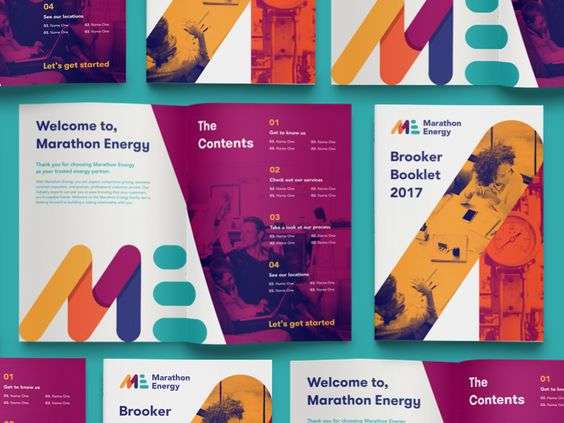
Brand Loyalty
Customers would love to feel and memorize your brand when they see Consistency in it. A strong and positive emotional connection will urge them to purchase again without thinking. This thing is what creates brand loyalty.
Marketing
Another reason to use a branding kit is for marketing. It makes your brand clear and consistent to the ones who want to create ads or promotions. Branding identity and kit click your mind on how to use visual elements. It means you can guess color palettes, suitable logos, and taglines.
It simplifies the marketing process.
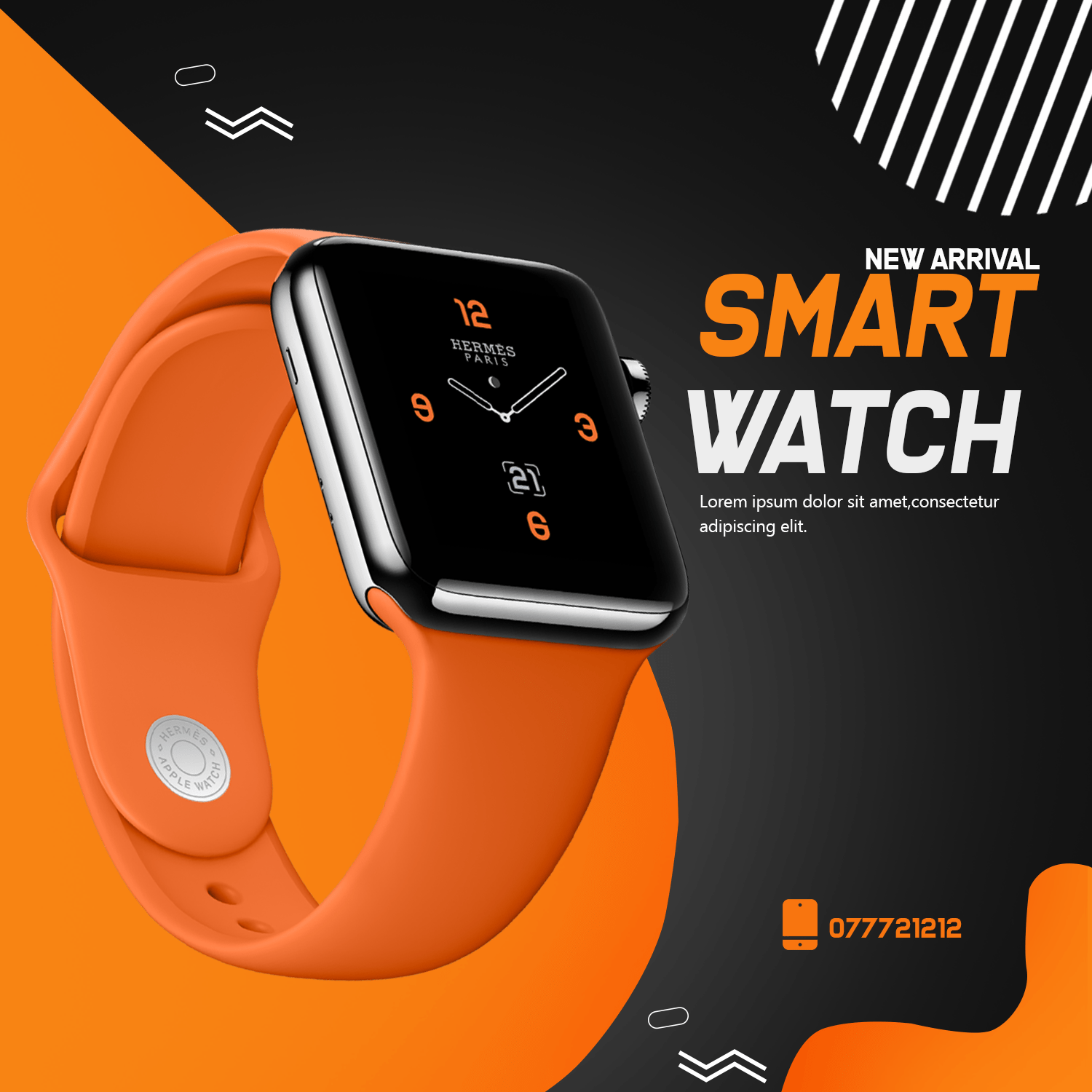
Wrap Up
The identity of the brand makes you different from the competition. It shows your customers who you are and what they can expect from you.
Brand Logo helps for successful business and memorable. The branding kit helps place visual elements together, maintaining consistency.

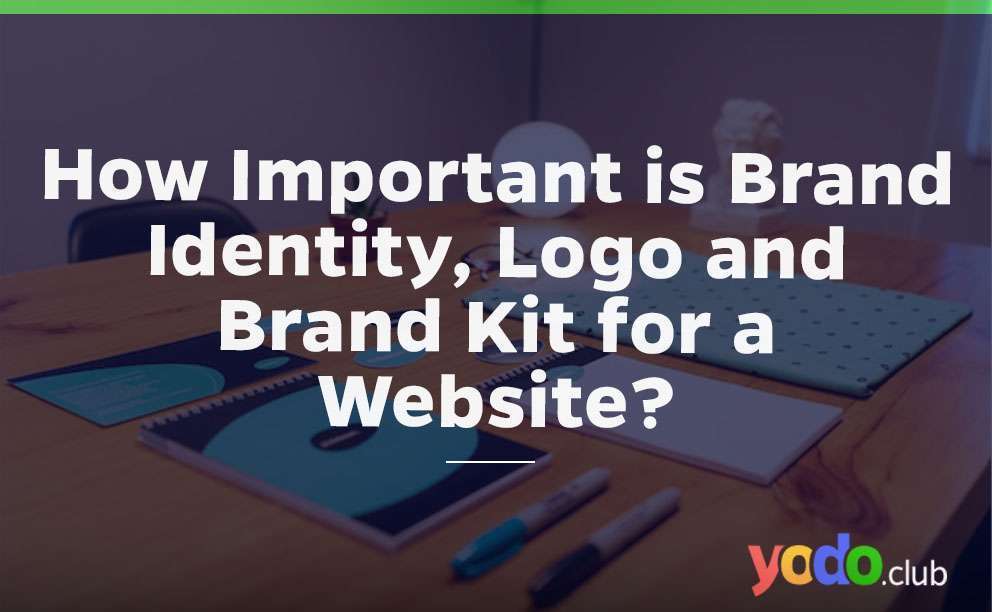

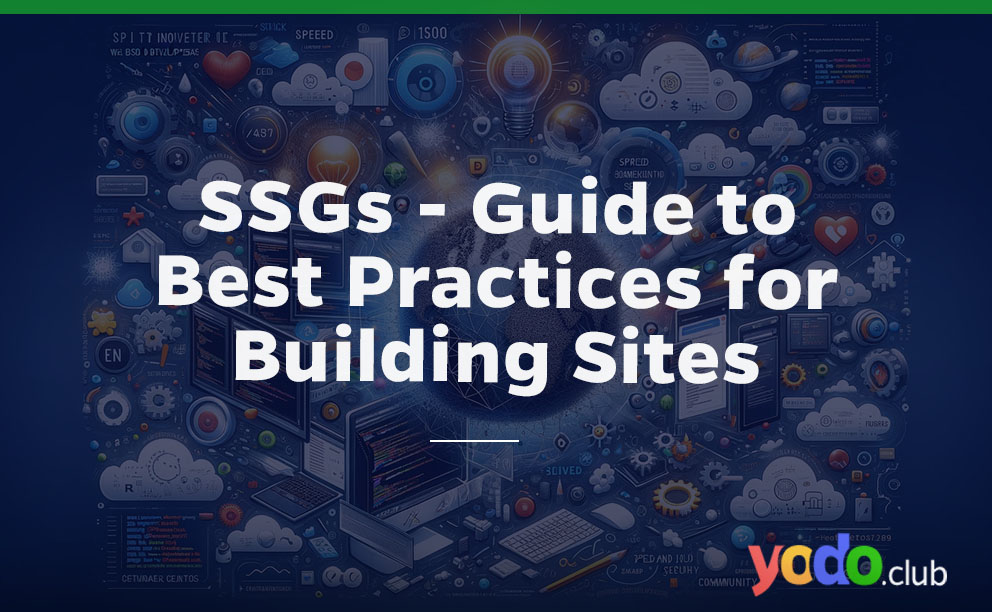
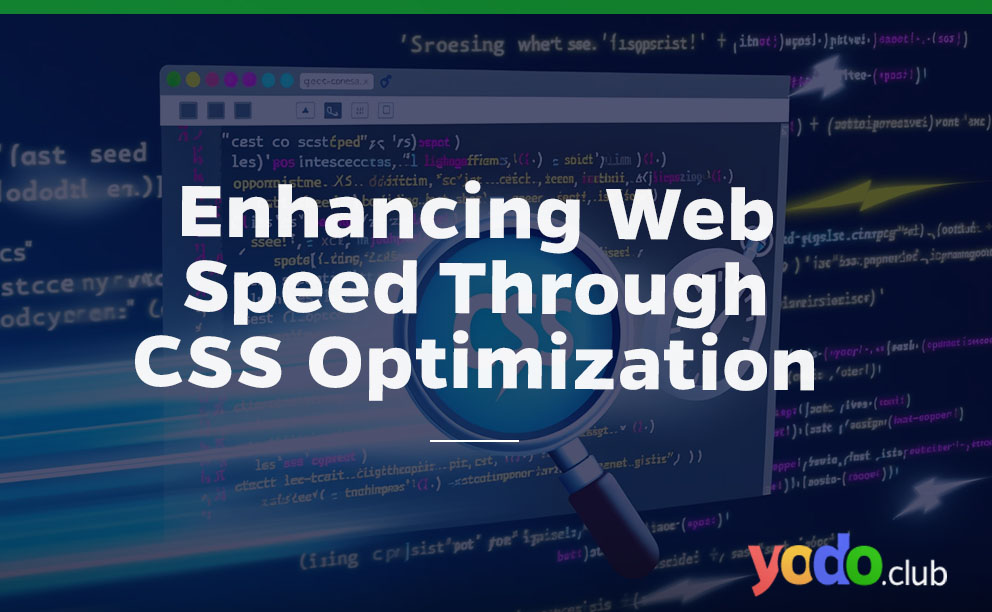

 & Passion.
& Passion.